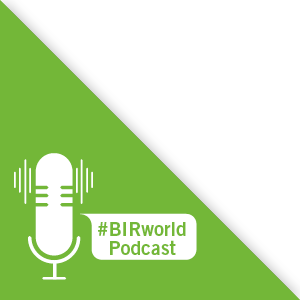It has been a period of hits and misses for India. From approximately 400,000 new COVID cases on a daily basis in May, the country has fought hard to get this figure under 40,000. However, with only around 5% of the adult population fully vaccinated and some 25% partially vaccinated, the onslaught of a third wave is looming large.
With enforcement of safety protocols overlooked by agencies, there has been a significant uptick in people’s mobility. Therefore, it is only a matter of time before infections start spiking again and fresh restrictions need to be introduced. Regardless of how the situation unfolds, the central and state governments are likely to allow industries and offices to function - either fully or partially.
The Indian economy is in comeback mode with all guns blazing, and is expected to expand by 10% in the 2021/22 financial year. Overseas and domestic money is flowing thick and fast, and there is a beeline by companies (especially start-ups) to go public this year, collectively raising between US$ 15 and 30 billion.
However, the dividing lines within the Indian economy are becoming sharper. The traditional economy comprising the likes of agriculture and manufacturing has become completely dwarfed by new-age industries such as IT, education, banking/finance and technical services. Pharmaceuticals and fast-moving consumer goods have also had a great run over the last 18 months, for obvious reasons. But this change will not bring long-term, sustainable, inclusive growth. Unemployment in hinterlands is increasing and running businesses is a struggle in micro sectors such as retail. Wholesale, as well as consumer product inflation, is hurting the common man. Hence, in the aftermath of COVID, there will be a need for reforms which are transformational rather than incremental in nature and are designed to spread growth across the board.
The secondary metals sector in India has witnessed healthy activity levels over the last two months following improved demand from several traditional consumers, including automotive, construction and steelmaking. In addition, with much of the migratory labour reporting back to scrap yards, the collection, sorting and processing of raw materials has increased significantly.
The surge in demand for ADC12 ingots from Japan and China has allowed local smelters to scale up production and push for more sales. Similarly for lead and copper, India has been able to find consistent homes in the Far East and China for its refined qualities.
Despite all the mayhem surrounding international container sea freight costs, there is relative sanity when shipping from India to South East and Far East Asian destinations, allowing business to tick over. Furthermore, many importers and consumers of lead/copper and copper alloys have shifted from spot markets to LME-linked formulas, aligning their purchases and sales and reducing risks on account of market volatility.
Expect India to be playing a steady baseline game over the coming months.

Dhawal Shah
Metco Marketing (IND) PVT Ltd, President of the BIR Non-Ferrous Metals Division
Country
 India
India
